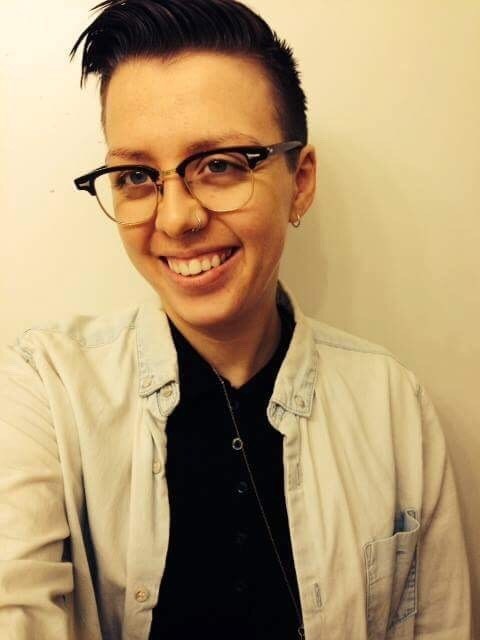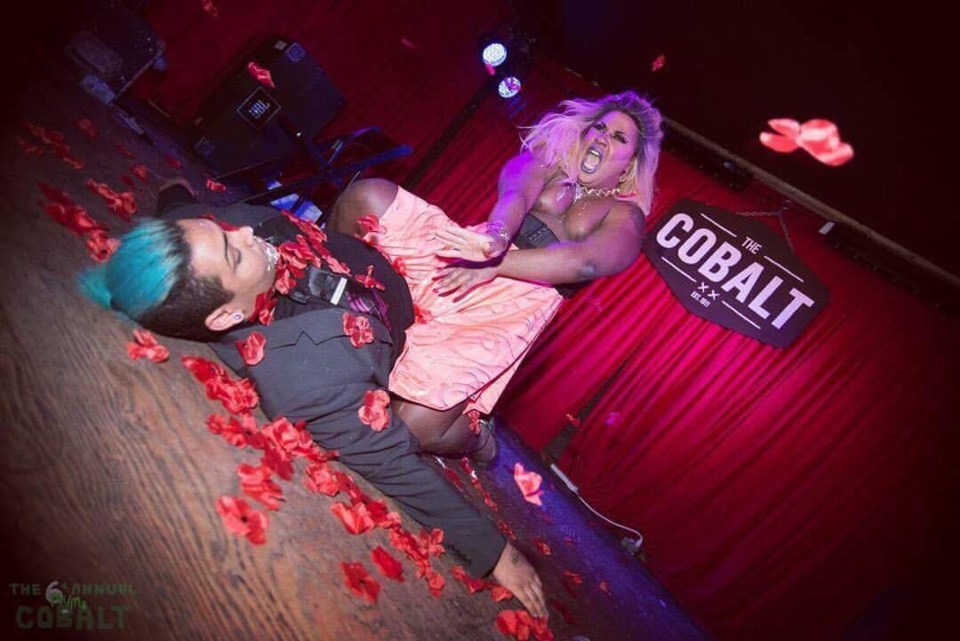Perception of LGBTQ+ culture in the West End and East Vancouver may be hindering future growth for queer communities, although certain people are trying to bridge the gap between both sides and create more inclusivity.
The West End is historically known for being more centred around gay men, whereas the East Side has a history of more female, gender fluid, queer and lesbian culture. According to Nadine Boulay, a queer historian at SFU and one half of drag duo the Brokeback Brothers, income disparity is a key factor in the separation.
“In my opinion, a lot of the lines that we see between the east and west have to do with socioeconomic experiences, [and are] not just based on gender lines,” Boulay said.
The average income in the West End is close to $38,000/year, as opposed to East Van, which has a median income of $25,000/year. According to Boulay, the West End had a strong community effort in the ‘80s, which included a lot of gay men, to push sex workers and low-income folk to the DTES.
“It's so depressing to see that so much of this comes down to capitalism and inequality of gender,” Boulay said.
Boulay said that queer, trans folk of colour can have negative experiences in even the most radical of East Van spaces, but it sometimes is worsened by the different kinds of sexual culture which are predominant in the West End.
“I think it's pretty well known that there is a lot of particular expectations in gay male culture about what you have to look like to be a part of the community,” she said.
This is a sentiment that Karmella Barr, who just won the sixth annual Mr./Ms. Cobalt Drag Competition, agrees with. She is a drag queen who lives in the West End, but does many shows in East Van. Barr believes that media has a heavier influence on LGBTQ+ culture in the West End.

“Living on Davie, I've noticed that stuff like RuPaul's Drag Race has a heavy influence on drag shows and what people want to create, myself included” she said.
Barr wants to use her reign as Ms. Cobalt 6 to bring the knowledge and diversity of East Van to the West End and create spaces that showcase performers of colour from both communities.
“I think bridging that gap will create more community ties and give people a new perspective that they may not have had a chance to experience before. Drag is ever changing and will continue to evolve and push the boundaries of entertainment,” she said. “I really want to bring more culture into drag, I want to be unapologetically black in my performances, and give a place for other performers of colour to show their talents.”
Barr said she is grateful for having opportunities to perform all over the city, and see the differences in crowds. For example, she feels that East Van crowds often have a more open attitude to performances.
“I feel like [in East Van], you can be very authentic to who you are, whereas in the West End, people are more scared of being judged,” she said. “For the Cobalt, I would do something more soulful, and in the West End, I would pick a fun dance song that I know I like and I know the crowd will like.”
Cinnamon Winters, a host at East Van parties at Vancouver Art and Leisure, and the Fox Cabaret, as well as a performer in the West End, believes that although crowds in East Van tend to be more diverse, the West End is changing and becoming more accepting of different identities.
“There's definitely more of a mixed crowd in the West End now than people think,” she said. “Like it is primarily gay men, but it's becoming a lot more mixed and more friendly than people stereotypically think it is.
“There are a lot more people that don't identify on the gender spectrum anymore so it's really changing. Maybe 10 years ago there was [a bigger] difference, but I would say it's more inclusive everywhere now from my experience.”
Historically, Vancouver’s LGBTQ+ communities have seen many connections between both sides, Boulay said. The AIDS crisis was something that created a lot of community solidarity. Things started to change during the gay political movements in the late ‘60s-‘80s. Those movements created more specific neighbourhoods known for being either gay or lesbian.
Boulay thinks that LGBTQ+ communities coming together from both sides of the spectrum, would help create a more inclusive queer community.
“Being around people who are different from you, so you're not always in this echo-chamber,” Boulay said. “It helps you think about different experiences and who could benefit from what kind of space, and what accessibility looks like.
"These conversations are very important to have.”
• The Pink Pages are a monthly LGBTQ+ forum, brought to you by members of the LOUD Business Network. Have an LGBTQ+ event or story idea for the Pink Pages? Email [email protected]



